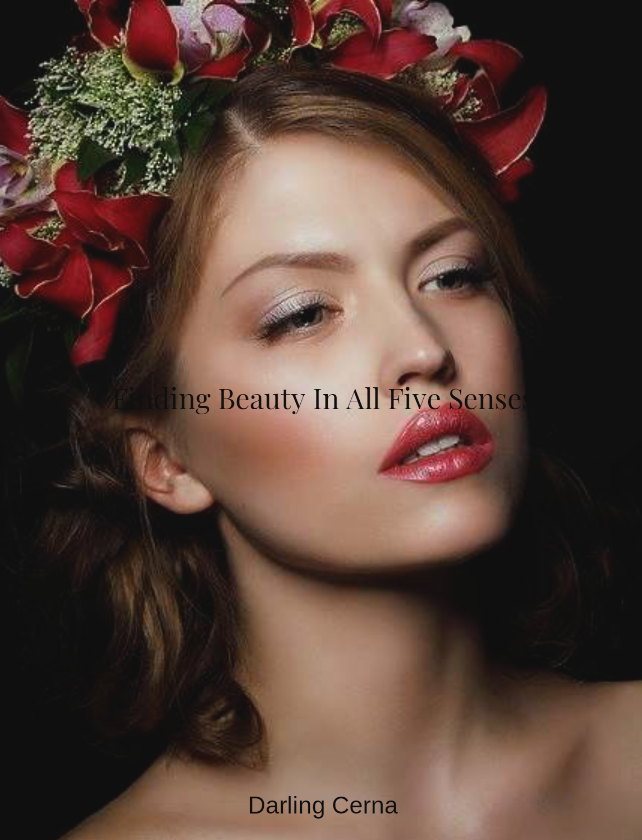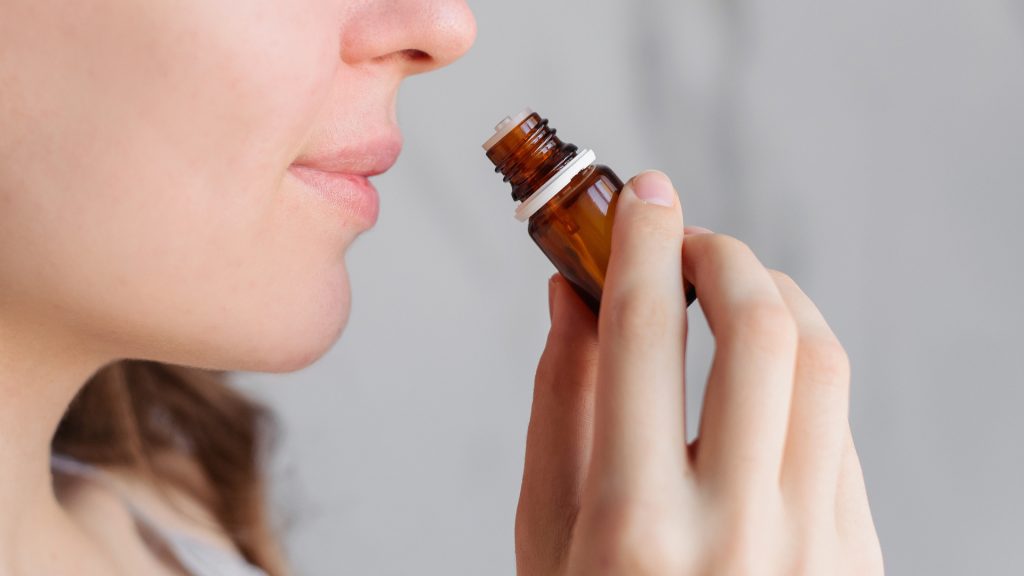
Aromatherapy is an old knowledge, about how the use of the aromas of essential oils and other aromatic products can improve psychological and physical wellbeing. It is also knowledge about how to use essential oils and their scents and vapours to help with healing, strengthen the immune system and prevent and sooth a health problem.
The expertise and practical observation of the effects of essential oils have been gathered from generation to generation throughout the centuries.
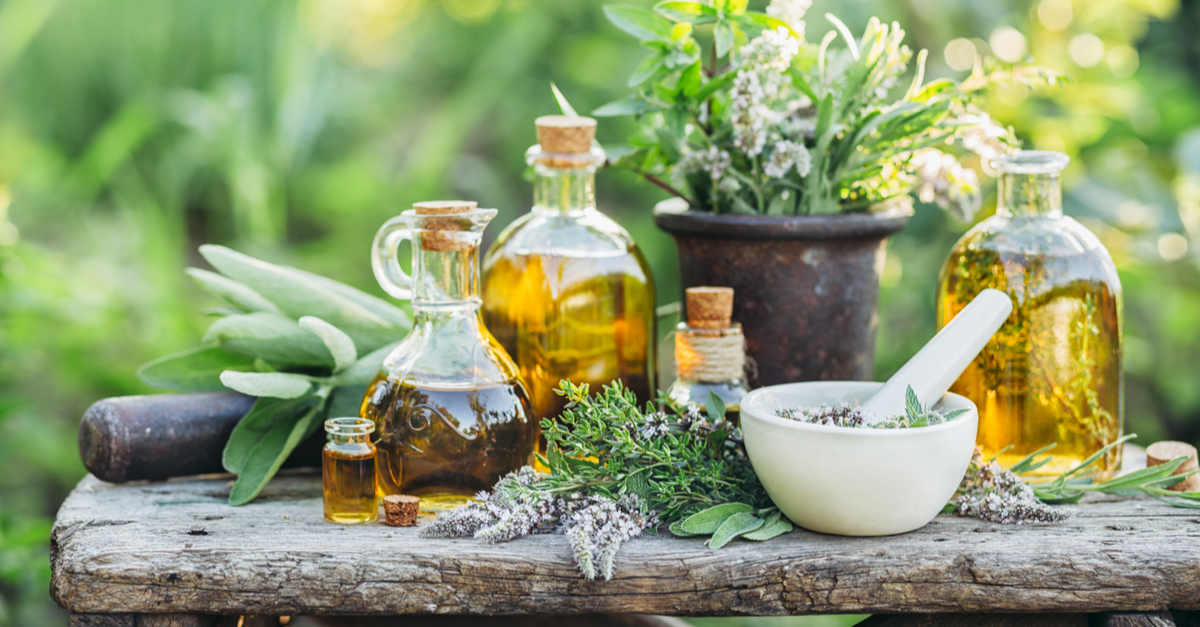
Aromatherapy and the use of essential oils was known in ancient times in Egypt, Greece, China and the Roman Empire. As early as that, essential oils were recognised for their aesthetic value and mood uplifting properties. They were also known as an effective healer for nerves and wounds or as a disinfectant that kept diseases away. Egyptians used essential oils not only for mummification but also to treat depression and neurological problems. In Babylon (around 1800 B.C.), essential oils like lemon, cedar and mirra, known for their antiseptic properties, were added to the building materials for Temples to ensure the disinfection of the rooms. In India, they used sandalwood to build Temples for the same reason, as sandalwood oils are highly antiseptic. It is because of their antiseptic properties that essential oils were used as a means to fight infectious diseases and epidemics. One often quoted example is that of the little English town of Bucklesbury which avoided in the 17th century the death of its local people during a disease outbreak. Bucklesbury was a trade centre and grower of lavender, and the air filled with the scent of the lavender oil had antiseptic properties that protected people from falling ill. Lavender was used a century before that to guard against cholera.*
The 20th century saw the revival of the use of aromatherapy with leaders like Dr Jean Valnet, Robert Tisserand and Micheline Arcier, among many others all around the world. I also am very fascinated by the art of aromatherapy and took a prestigious course with Micheline Arcier in 1987 which led to obtaining a diploma in the practice of Aromatherapy.
Most of the practicing aromatherapists have the knowledge acquired from lectures and practical demonstrations. Our skills are put to practical use based on what we have learned from lectures. We do not study essential oils in a laboratory. I very much believe in what I have learnt during my study of aromatherapy. In my own practice, I would mainly use and mix the essential oils to provide relaxation, restoration and uplifting of mood through an aromatherapy massage treatments. On numerous occasions, I have explained to clients the amazing properties of essential oils . I also have always been very conscious of the antiseptic, antibacterial and antiviral properties of the oils. I used this knowledge of the oils as a guarantee to maintain hygiene and prevent cross-infection.
After all of that, if I try today to spread advice to use the scents of essential oils like eucalyptus, lavender, lemongrass, etc., to possibly protect oneself from COVID-19 in addition to the use of other protective measures like hygiene and reasonable distancing, I am at risk to be labelled by some as a person who is spreading fake pieces of health advice. Suddenly the knowledge of aromatherapy turns into insignificant pseudoscience.
‘The Food and Drug Administration in US has warned companies selling essential oils that are “safe or effective for the treatment or prevention of COVID-19”’; ‘These claims have now been removed from websites, but posts still circulate about the benefits of eucalyptus oil vapours offering protection against viral infection’. **
Russel Buhr, MD, assistant clinical professor of medicine in the division of pulmonary and critical care at the David Geffen School of Medicine at UCLA in California, gave his opinion as: ‘There just isn’t a sufficient body of evidence to support their routine (essential oils) use for the promotion of lung health’. ***
‘They don’t appear to have much of any therapeutic benefit, so they are not going to help you’. ***stated David Benther, MD, a pulmonologist at National Jewish Health in Denver, Colorado.
Although these comments are made in the context of asthma problems, it is very disappointing to find out that modern experts have this type of view about essential oils and their uses.
When we go back in time, the famous 10th century Persian philosopher and physician known in the west as Avicenna was given the title

‘Prince of Physicians’. His famous books are ‘The Book of Healing’ and ‘The Cannon of Medicine’. Avicenna promoted the medicinal use of plants, and in his work, there are references to the medicinal use of oils like lavender, camomile and rose. ****
With such a solid ground laid down by physicians like Avicenna, not all is lost today, particularly during such challenging times as the COVID-19 pandemic. Here and there on the Internet, one can trace information that is possibly a promising finding, like that about Citrodol spray.
Citrodol is derived from the oil of eucalyptus.
‘Citrodol sprays were made available to the army in the early phases of COVID-19 as they were known to kill other strains of Coronaviruses such as Sars’. ‘Citrodol-based spray can help protect against COVID-19, says MoD lab’. *****
Information from another part of the word, Indonesia, states: ‘The effectiveness of eucalyptus oil in treating COVID-19 still needs further investigation. So far research shows that Eucalyptus, a plant that is a raw material for eucalyptus oil, is indeed effective in killing the coronavirus. However, the study did not involve the coronavirus that causes COVID-19, Sars-CoV-2, but another type of coronavirus. Thus, Eucalyptus cannot be called a COVID-19 drug’. ******
Studies of our sense of smell explain that it is the most sensitive and the quickest of all our senses in transferring stimulus perceived outside the body to the brain. Studies of the function of the brain tell us that the part of the brain that is known as a conscious, thinking function has developed from what originally was known as the sense of smell.*
In COVID-19, some patients lose their sense of smell.
One of the ways to prevent the disease is social distancing. From studies about the sense of smell, we know that we perceive a lot of smells either consciously or unconsciously. Although we do not always clearly or consciously note all the information that we perceive via the sense of smell, it is an essential part of our lives. To lose the ability to smell is a kind of disability.
In normal health circumstances, our lives are based on obtaining conscious or subconscious stimulation via the sense of smell. In crowds, surrounded by people, this type of information is available all the time and feeds our existence, whether from someone we know or a perfect stranger. The rhythm of life in crowds feeds us continuously with cocktails of crowd scents, sounds of voices, exchanges of body electro-magnetism and temperature. We take it all for granted and do not think about it. Subconsciously, we seek on a regular basis to be present in crowds. We seek places pulsing with life. It is our senses and manners that determine the distances from other people. With the practice of social distancing today, this is all seriously disturbed. It is in all of our interests to get over the virus, and it is not only because of the prospect of getting ill or of a damaged economy.
In my opinion, essential oils can be helpful in many ways to additionally arm oneself against airborne particles that come with COVID-19. For those who do not suffer with allergies or asthma that can be triggered by essential oils, having a bottle of the essential oil of lavender, eucalyptus or lemongrass, for instance, and smelling it when exposed to possible airborne COVID-19 particles may be an additional help and will not cause harm when moderately done.
Personally, I am going through these times by consuming hot drinks,
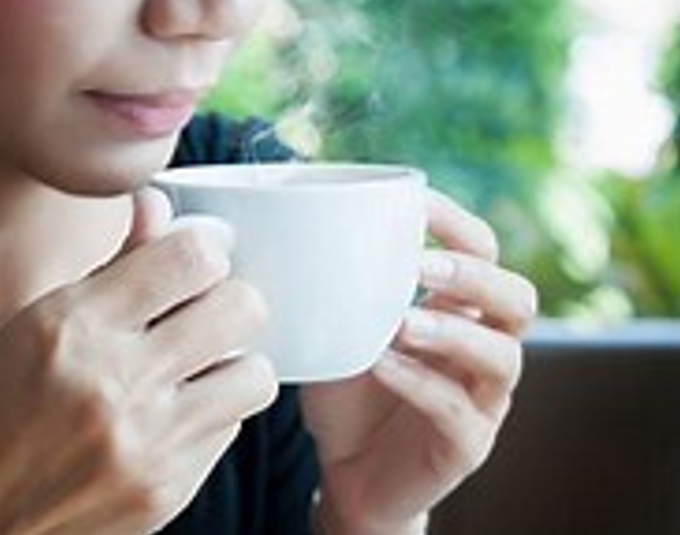
believing and knowing that hot drinks around 58C–60C (a comfortable temperature for an adult) will destroy the virus or make it difficult for the virus to settle should it somehow get into my mouth.
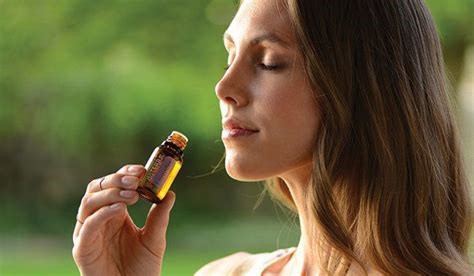
I also smell essential oils like eucalyptus, lavender and lemongrass expecting them to stop the airborne virus particles that could get to me via my nose when inhaling, as well as spraying surgical spirit if anyone around me coughs.
Thus, my answer to the question which is the title of this article is: yes, aromatherapy essential oils should be used as an additional preventative measure against COVID-19 by those who can do so (those who have no allergies or who suffer from asthma that may be triggered by essential oils).
.
Poynter.org 20.05.2020 Indonesia, M
*‘Pachnąca Apteka’ Tajemnica Aromaterapii, Władysław Brud, Iwona Konopacka
** ‘(mcgill.ca/oss/ office for science and society ‘Essential Knowledge About Essential Oils and Covid-19.)
***(parade.com 9/11, Aug 14 by Jenifer Larson).
**** The History of Aromatherapy)
*****(The Guardian, Dan Sabbagh, Defence and Security editor, Wed., 26 Aug 2020.)
******(Misleading, Poynter.org 20.05.2020 Indonesia)
The whole world, including the United Kingdom, is trying to solve the plastic pollution problem and the current situation with Covid19 is not helpful.
Going on a ‘plastic-free diet’ seems to be exceedingly difficult, even for those who want to and seriously attempt it. Not a single day goes by without each and every one of us generating more plastic waste, despite trying very hard not to. The best we can do is to make sure to carefully dispose of all food packaging.
The new situation with Covid-19 makes it even more challenging. The majority of personal protective equipment (PPE) is manufactured from plastic, not recyclable material and there is suddenly a huge demand for PPE around the world. It needs to be disposed of, mostly after each use, by healthcare personnel.
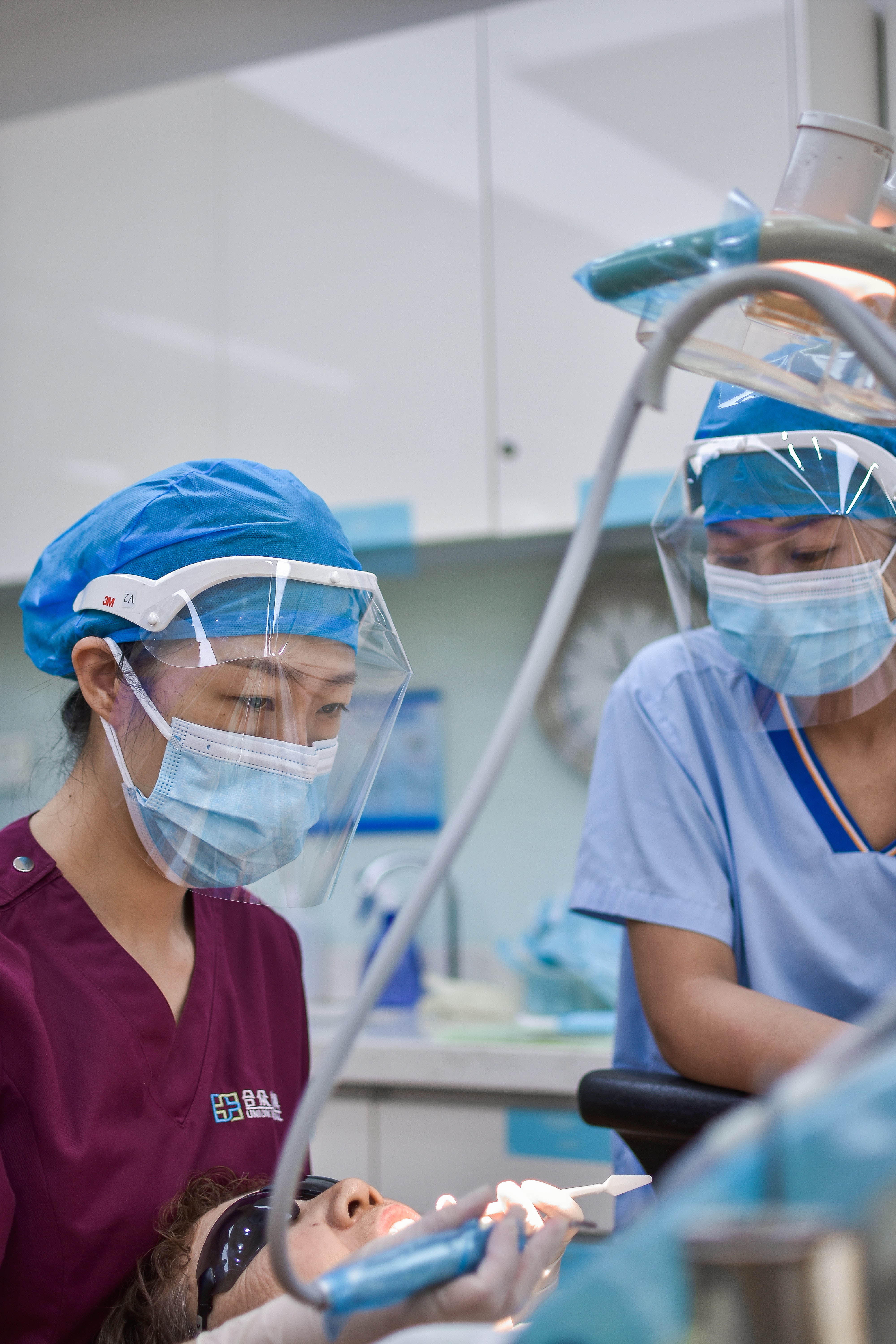
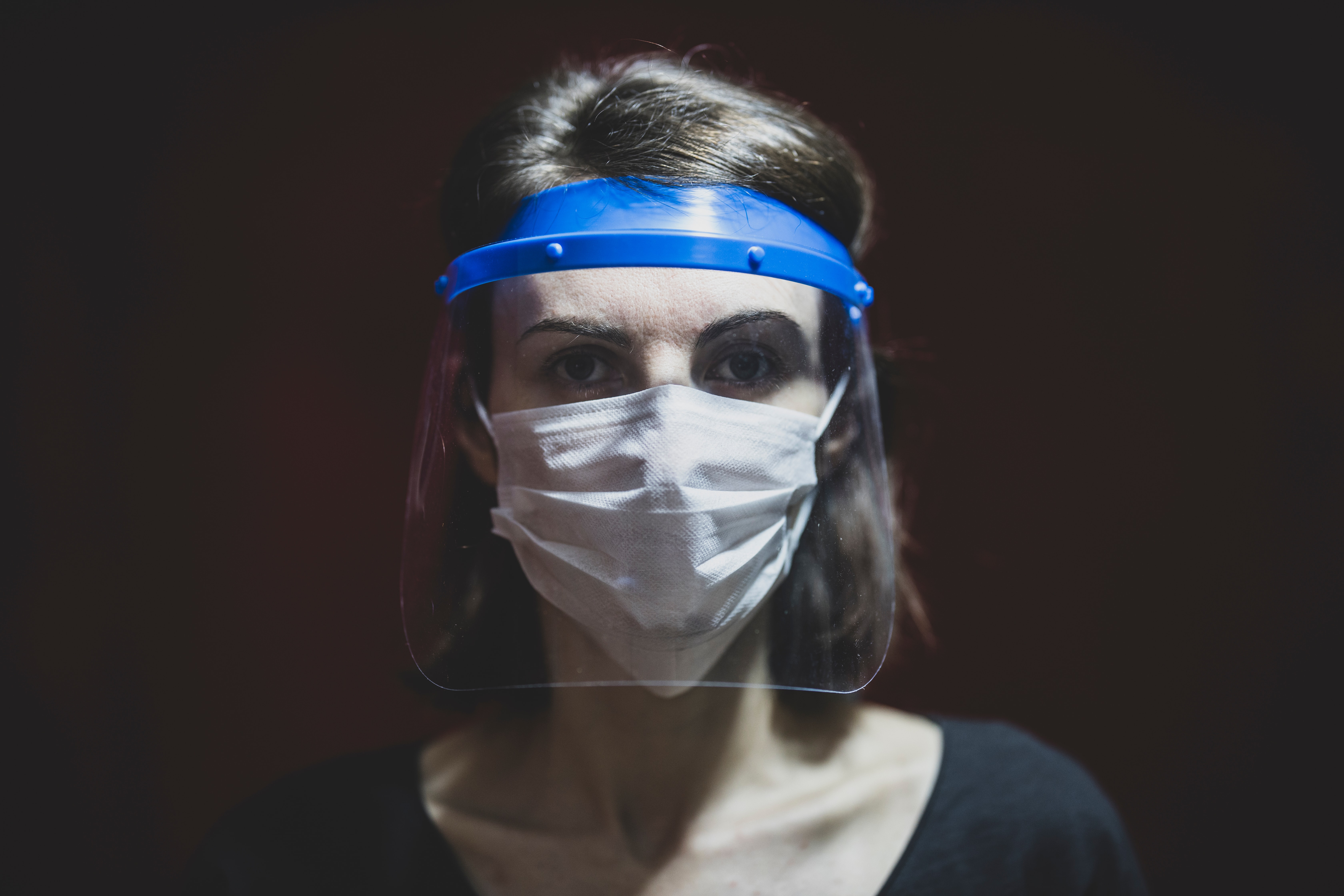
In addition to that, the beauty industry is now joining in, after the lifting of lockdown. Additional plastic gloves, hand sanitisers in plastic bottles, and plastic face shields are in use. On top of that, many beauty products are still being packed in plastic. More plastic protective clothing is in place for the dental industry, the food industry, and the general population.
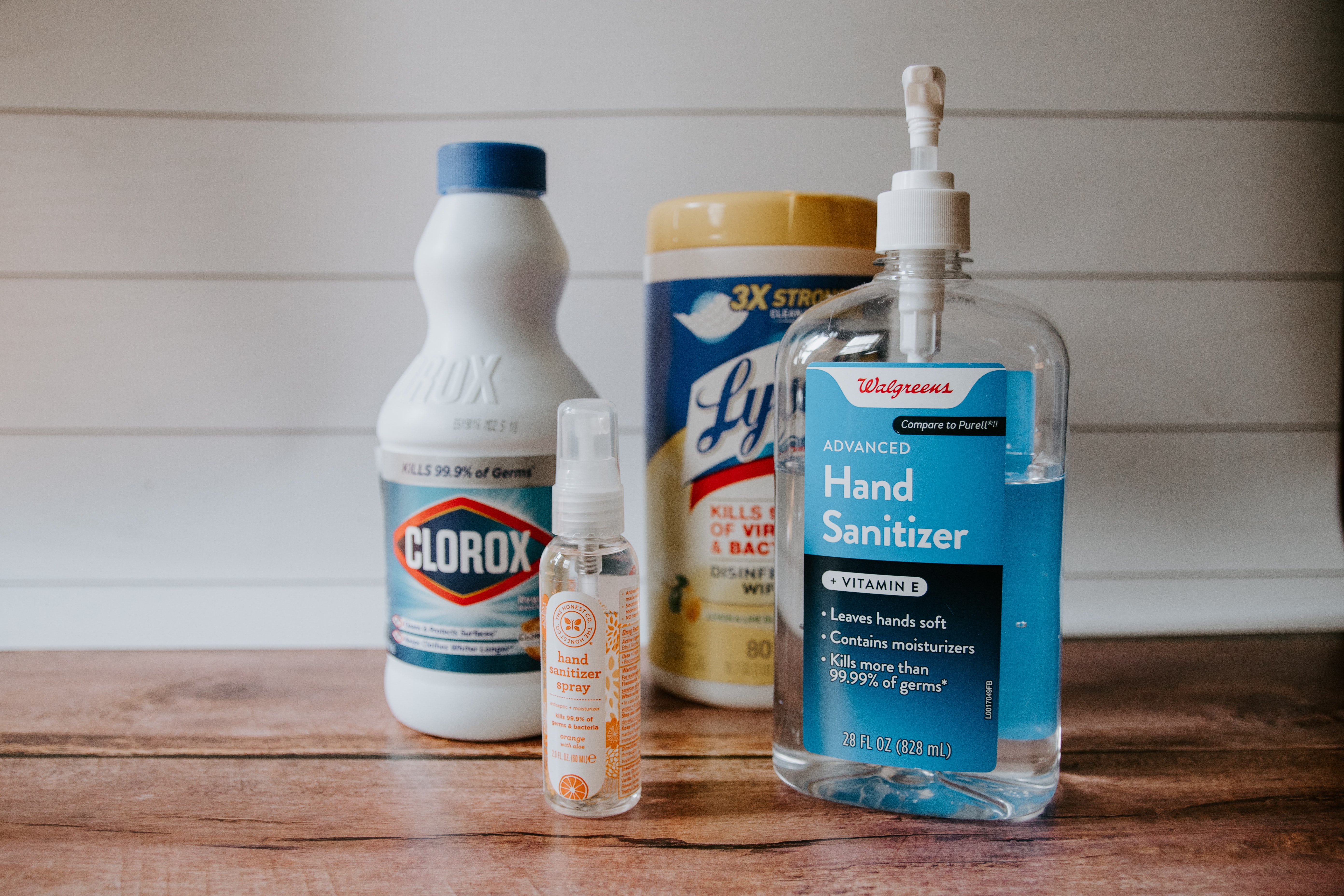
Sanitisers in plastic bottles are now in use on top of many other necessary household items, such as food packaging.
So, how can we go on a ‘plastic-free diet’ while we are surrounded by the demand for, and use of, plastic? Are we again, settling for the easiest and best-known solution from the last few decades, the simple and easy way to manufacture one use plastic? Why don’t we just go on a ‘plastic-free diet’? Is it possible?
For some people going on food diet is a difficult task, however, often there is a good justification and understanding of the reasons.
There is no similar excuse to not stop using plastic for our daily use products: food, beauty, medical supply, household cleaning items, etc. All the medication that we need, all household cleaning products, not to mention the vast amount of face and body care product, are still in non-compostable plastic packaging.
When it comes to the packaging of our everyday food and other daily use products there are plenty of good, practical and plastic-free solution. There are compostable plastic solutions already available on the market so why don’t manufacturers replace the plastic packaging of the products they provide? All it needs is the manufacturers’ initiative and a sense of responsibility. It is in their hands to solve this problem and they have the means to do so. Instead, the responsibility is shifted onto consumers, by urging consumers to keep choosing products in the right packaging. Now that we know the damaging effect of plastic pollution, it is necessary that the change needs to come from the manufacturers of products that consumers use.
According to the Sustainable Packaging Coalition, for packaging to be considered eco-friendly it must meet the following criteria:
- Beneficial, safe and healthy to people throughout its lifecycle
- Fit for purpose in performance and cost
- Consumes only renewable energy
- Made from renewable or recycled source materials
- Uses clean technologies
- Minimizes material and energy waste
- Is part of a circular system of reuse*
Currently we have army of volunteers, people around the United Kingdom, trying to put right other people’s lack of responsibility:
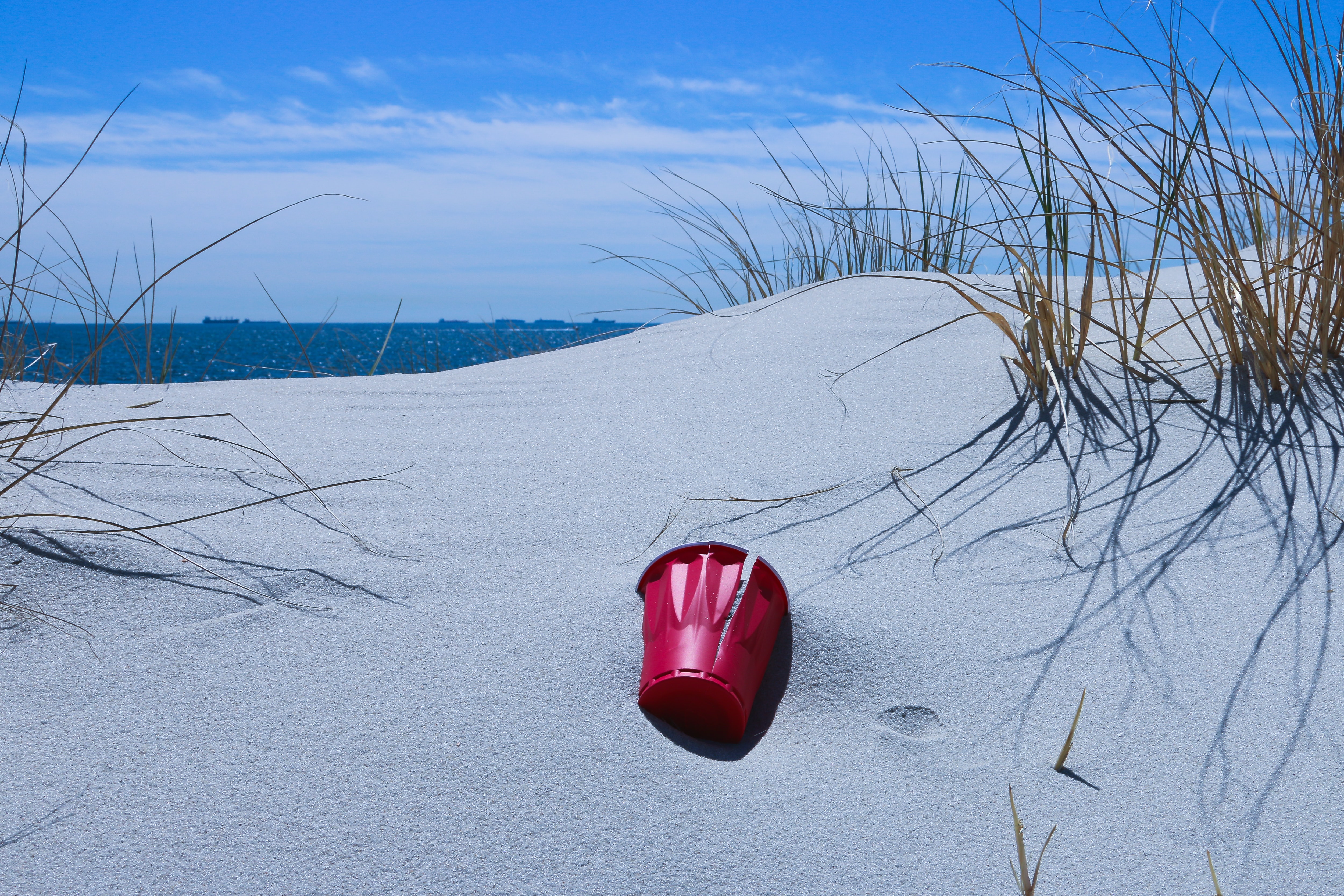
Plastic Petrol, Clean Our Seas, Beach Guardian, Keep Britain Tidy, Turn the Tide Cornwall, Rubbish Walks, Get Waste Ed, The Upset Planet, and many, many more. Plastic is not only unnecessarily used for many products as packaging, but also is being dumped without hesitation by many users. It is so simple to put it in the right bin, or if it is full, taking it home and disposing of it there, or for those who can, taking it to a recycling depot.
For many people it appears that leaving this to their own initiative does not seem to work, as yet. On the contrary, the problem shows that we are not doing very well throwing away rubbish, if there are not enough bins provided.
Manufacturers should realise that this is the time to adopt wonderful inventions that are available and change the packaging they use to be sustainable, compostable, and biodegradable.
Only then we will, the general population, be able to go on a ‘plastic-free diet’.
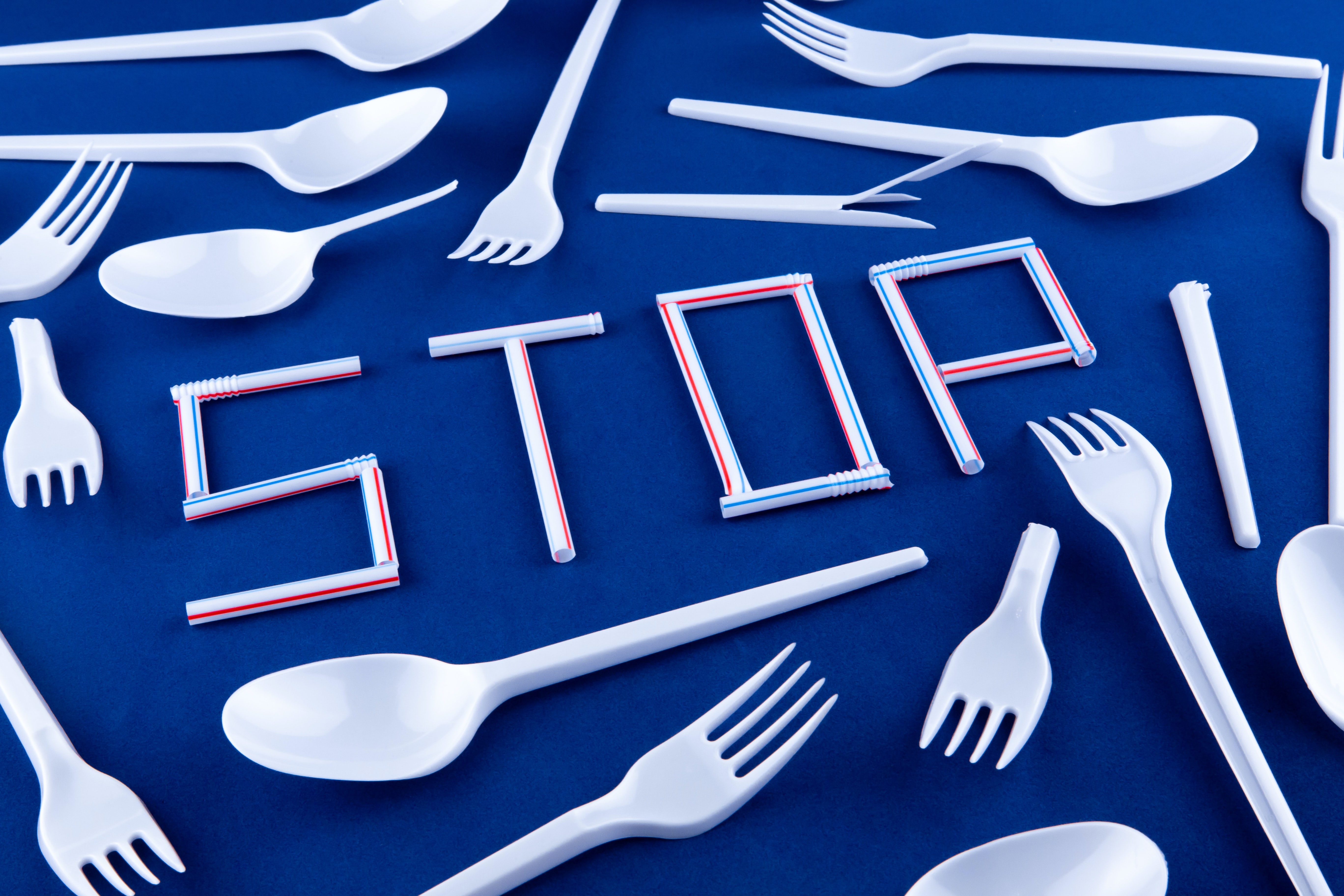
*How to Source Eco Friendly Packaging for Ecommerce by Sally Fox
f


